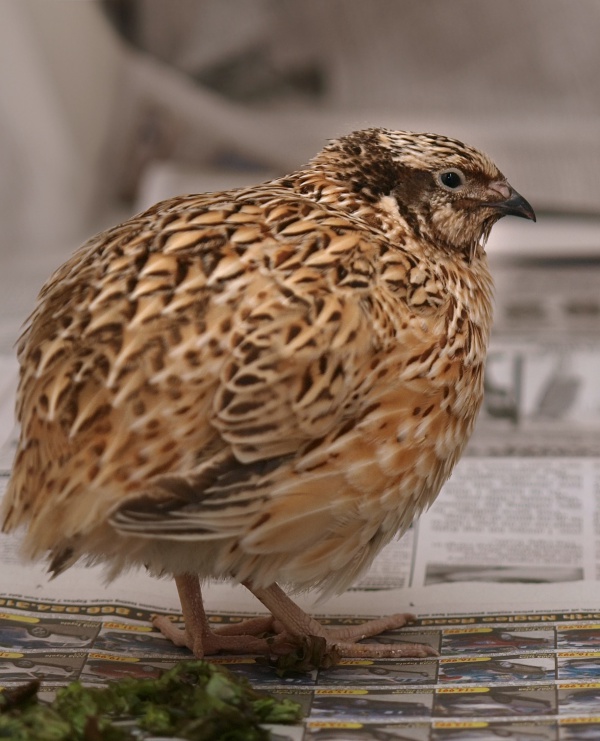Facts About Japanese quail
The Japanese quail, scientifically known as Coturnix japonica, is a small bird native to East Asia. Initially considered a subspecies of the common quail, it was officially recognized as a separate species in 1983. This bird has been closely associated with human activities since the 12th century and continues to play a significant role in both industry and scientific research.
Japanese quails are found in East Asia, Russia, and parts of Africa and Europe, typically inhabiting areas with dense vegetation near water. They are abundant in their natural range and exhibit various breeding mutations.
Males and females exhibit sexual dimorphism, with males being smaller than females. Their diet primarily consists of grass seeds, insects, and small invertebrates. Regarding breeding, Japanese quails can be either monogamous or polygamous, and they have a distinctive mating ritual. Females are responsible for caring for the young.
Japanese quails have limited taste capabilities but can discriminate between certain substances. They possess color vision and can distinguish various vocal sounds. Additionally, these birds are known for their dust bathing behavior, which helps keep them clean and free of parasites.
The domestication of Japanese quails began in Japan during the 12th century, with selective breeding for egg production becoming more prevalent in the early 1900s. Today, they are commercially farmed for both eggs and meat, due to their high feed-to-egg conversion ratio. They are also used to restock wild game populations and are extensively studied in fields such as genetics, nutrition, and toxicology.
